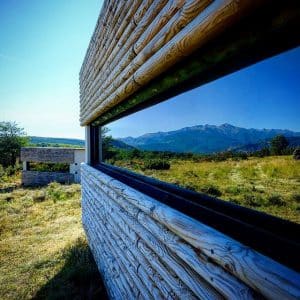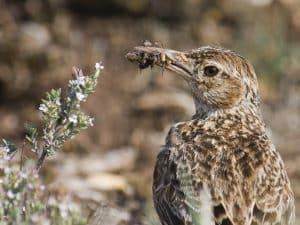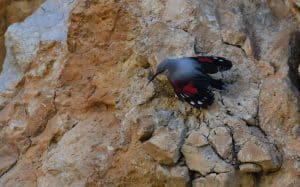Subtropical
Landscape
The Spanish subtropical landscape, found primarily in the Canary Islands, offers a captivating blend of lush, exotic vegetation and dramatic volcanic terrain. Palms, dragon trees, and succulents thrive in the balmy climate. The rugged, lunar-like landscapes of volcanic origin provide a striking backdrop to the vibrant greenery. These islands, kissed by warm Atlantic currents, create a unique and visually stunning environment, enticing visitors with their distinctive blend of tropical and geological wonders.
Flora
This regions flora showcases a lush abundance of vibrant and diverse plant life. Palm trees sway in the gentle breeze, their fronds framing the landscape. Exotic fruits like avocados, mangoes, and bananas thrive in the warm climate. Bougainvillea and hibiscus add splashes of color, while succulents and cacti lend a unique character. These resilient plants create a verdant paradise, embodying the region’s temperate, sun-drenched environment.
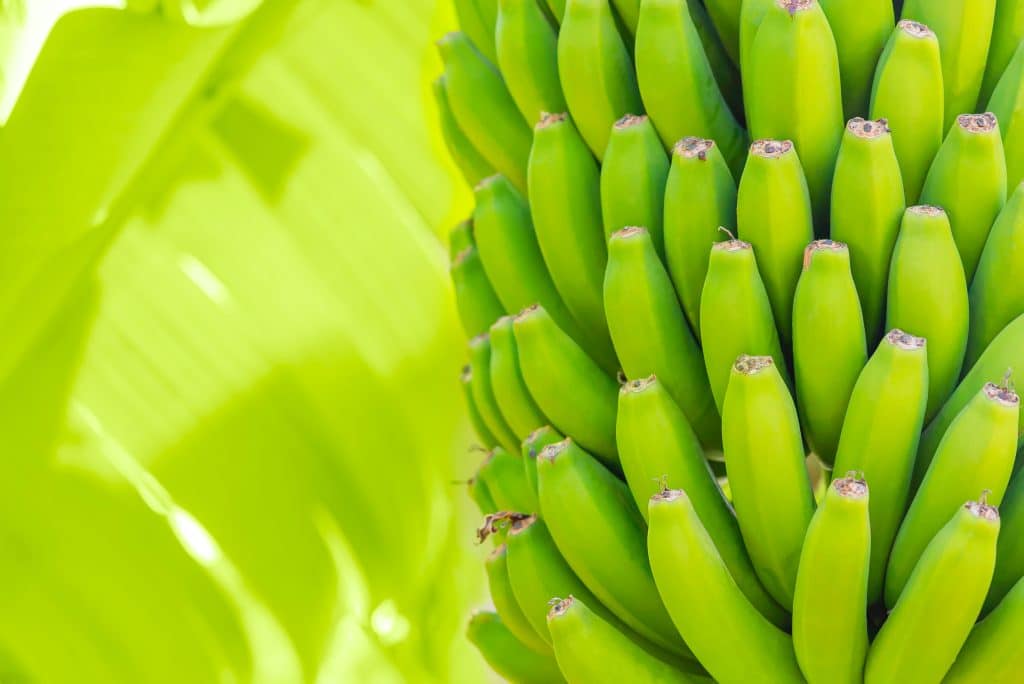
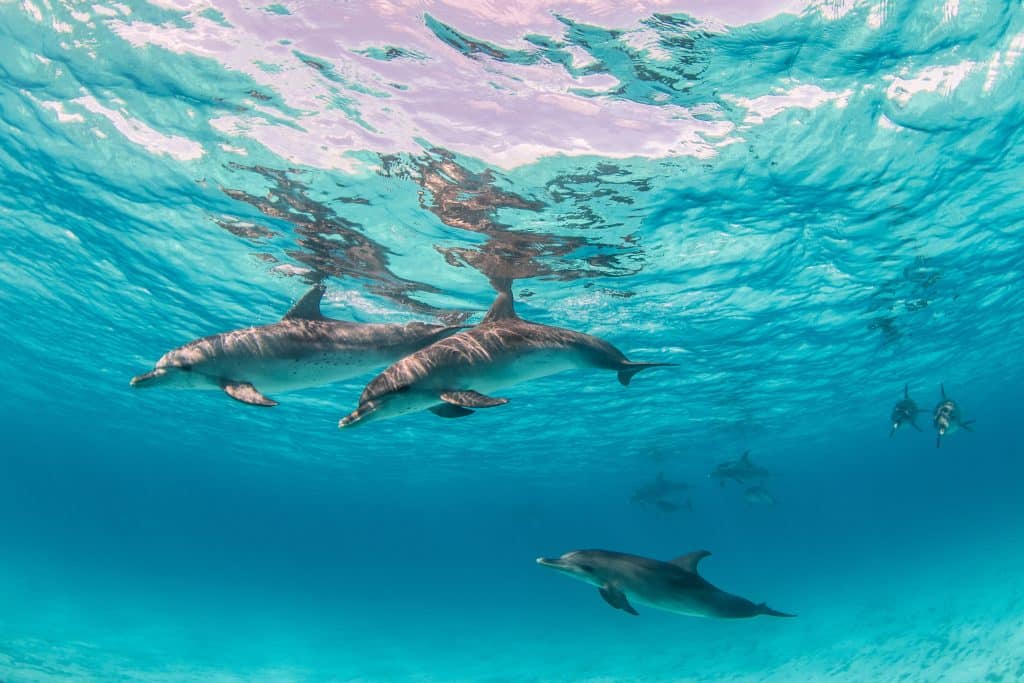
Fauna
The fauna found in the Islands is a captivating blend of both native and migratory species, uniquely adapted to these Atlantic archipelago’s diverse landscapes. Noteworthy among them is the Blue Chaffinch, an endemic bird species found in the lush laurel forests of La Gomera and Tenerife. The elusive Canary Island Spurge Hawkmoth, with its striking green and pink hues, is a marvel of adaptation to the islands’ distinctive fauna.
Loggerhead sea turtles and Atlantic spotted dolphins gracefully navigate the azure depths. The islands also serve as a crucial habitat for the critically endangered Mediterranean Monk Seal, a testament to the archipelago’s conservation efforts.
The volcanic terrain of these islands is also home to unique mammals, including the Algerian Hedgehog and the Barbary ground squirrel. These creatures have evolved to thrive in the arid, rocky landscapes, demonstrating the resilience of life in this harsh environment.
The Canary Islands’ ecological diversity, from the vibrant birdlife to the marine wonders and terrestrial inhabitants, paints a vivid picture of the archipelago’s natural splendor and the delicate balance that sustains its rich biodiversity.
Culture and gastronomy
The Canary Islands boast a culture as unique as their volcanic landscapes. Influenced by centuries of maritime trade and indigenous Guanche heritage, the islands’ identity is a vibrant fusion. Traditional music like the timple and folklore dances express this rich heritage. The Carnaval de Santa Cruz de Tenerife, one of the world’s largest carnivals, is a dazzling showcase of colorful costumes and exuberant celebrations, embodying the Canarian spirit.
Gastronomy in the Canary Islands is a savory journey of local flavors. Mojo, a piquant sauce crafted from garlic, chili peppers, and olive oil, adds a zesty kick to dishes. Papas arrugadas, small wrinkled potatoes, are a staple, often served with mojo. Seafood features prominently, with dishes like sancocho, a hearty stew, and vieja a la espalda, parrotfish grilled to perfection. The islands also offer an exquisite cheese culture, with varieties like Majorero and Palmero gaining international acclaim as well as the distinctive varieties of vineyards that contribute to the islands’ agricultural wealth, producing the unique Canarian wines.
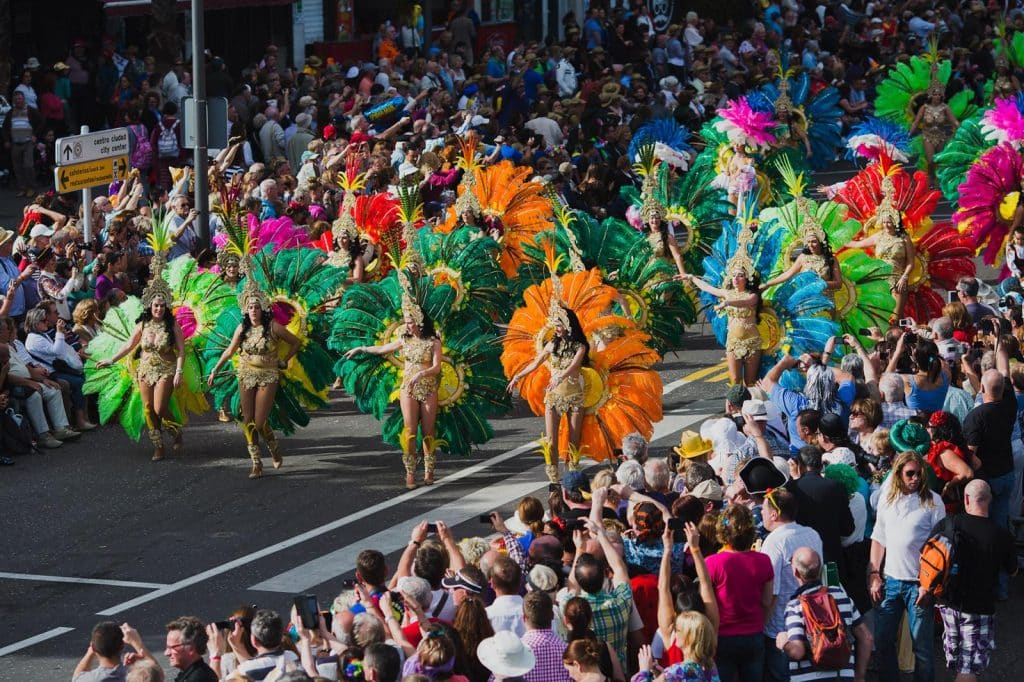
Recommended Subtropical Experiences
- North Spain
- Fully custom
- Fully custom
from
- pp
- North Spain
- Min 4 - Max 8
- 8 days / 7 nights
from
- pp
- North Spain
- Min 4 / Max 8
- 8 days / 7 nights
from
- pp
- North Spain
- Min 4 / Max 8
- 12 days / 11 nights
from
- pp

